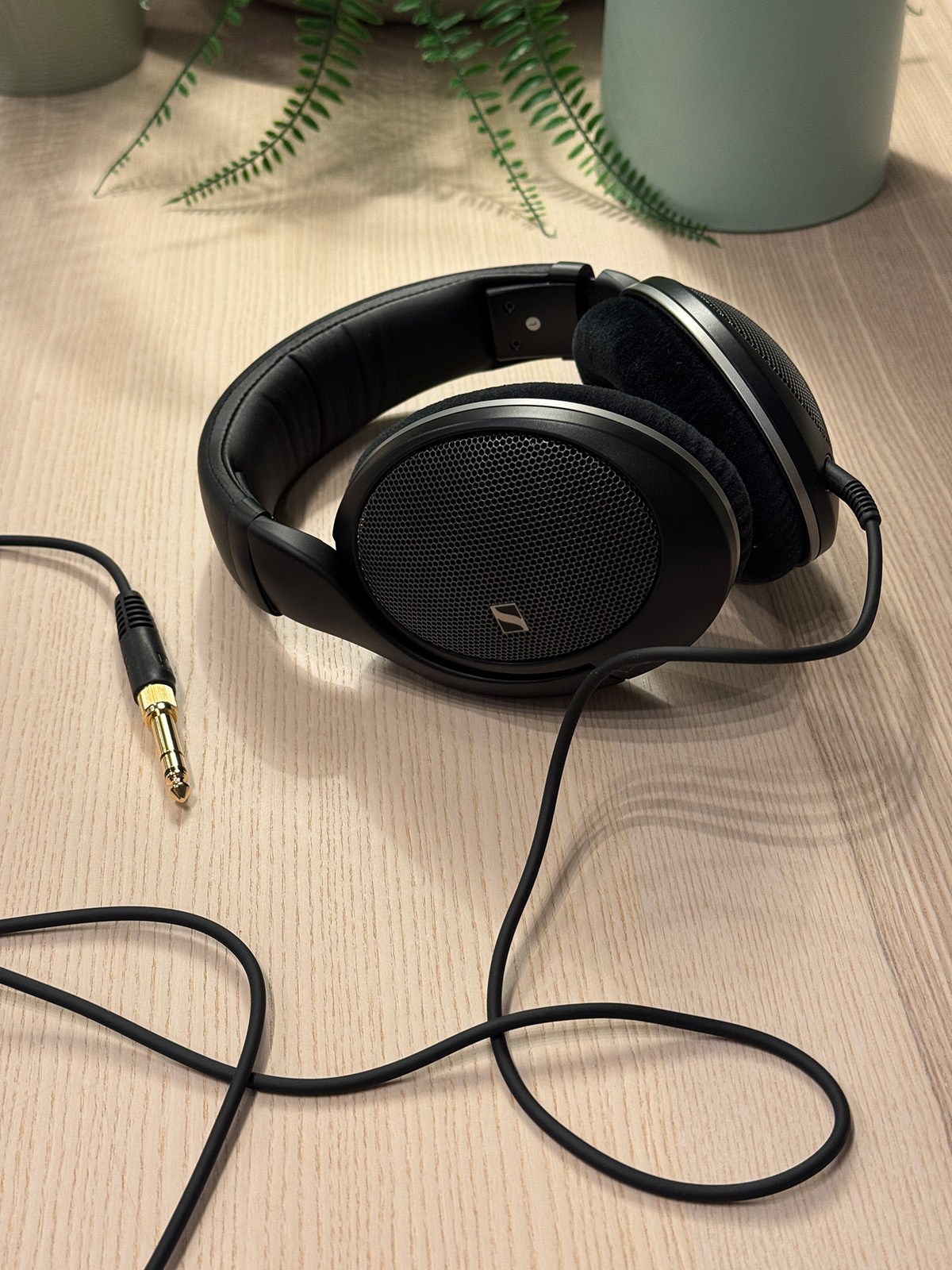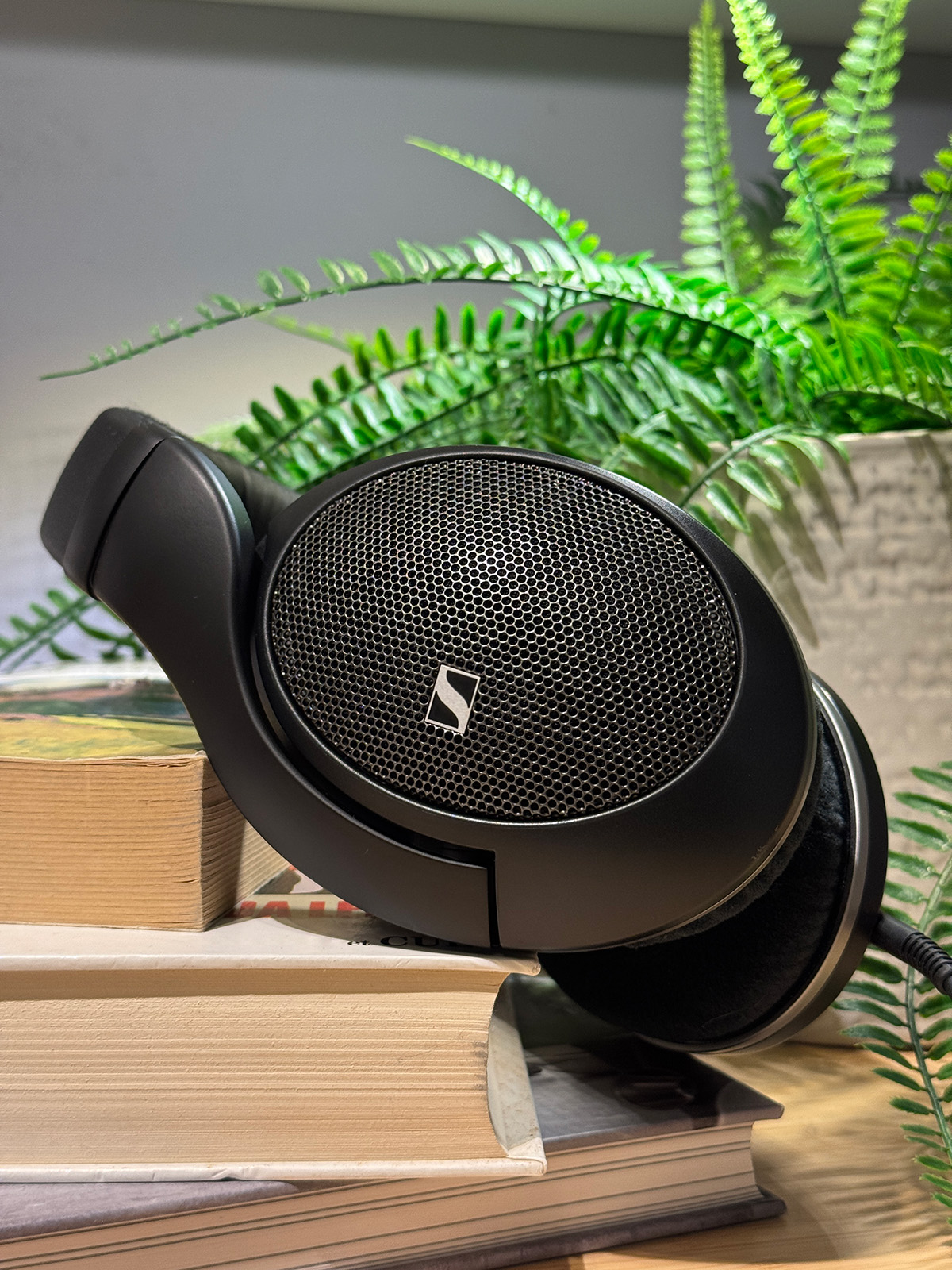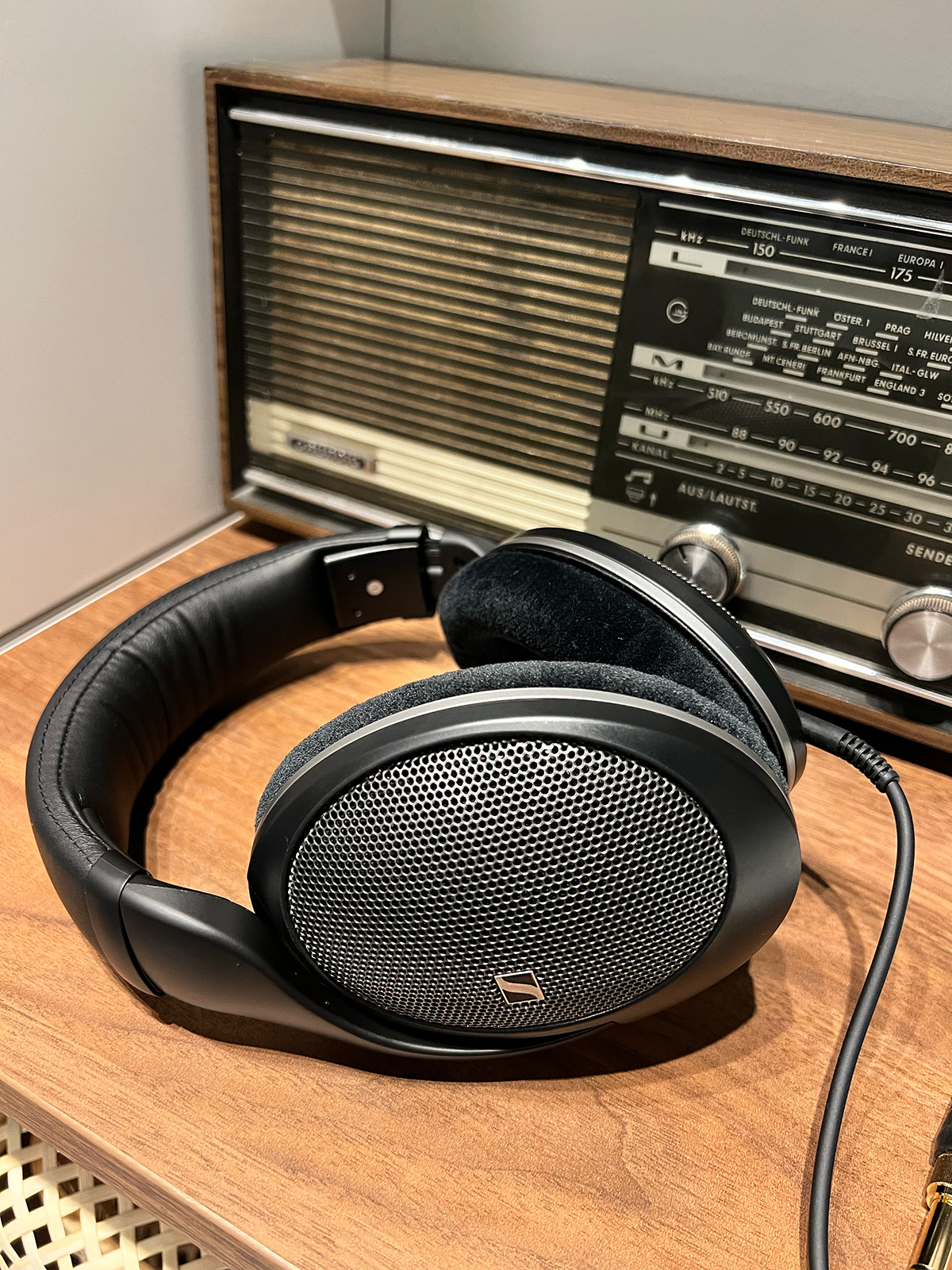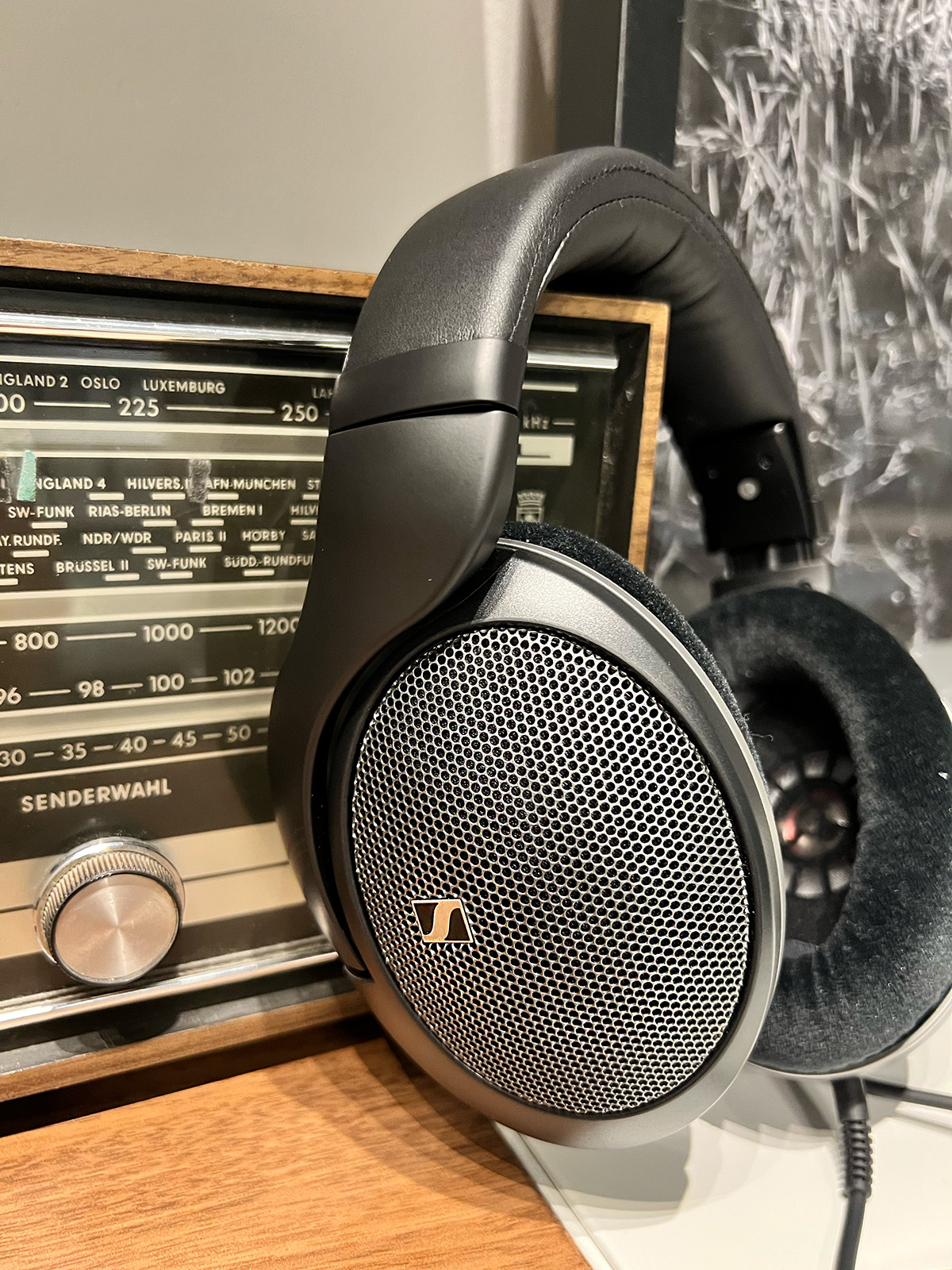In 1945 Dr. Fritz Sennheiser founded a small laboratory near Hannover. What started as a modest post-war engineering venture has since grown into one of the world’s most respected names in audio. Over the past 80 years, Sennheiser has built a reputation for pushing boundaries, combining technical innovation with a deep emotional connection to sound.
Their legacy is shaped by bold decisions, curiosity and a relentless drive to innovate from studio legends like the MD 421 microphone and HD 25 headphones to audiophile benchmarks like the HD 800 and the groundbreaking HE 1. But what truly defines the brand isn’t just its past, it’s the way it continually reinvents audio for the future.
As Sennheiser celebrates its 80th anniversary, the company emphasizes that this milestone is less about age and more about evolution. It’s a moment to reflect on lessons learned, challenges overcome and how those experiences shape what comes next.
The HD 550 is a product of this philosophy, a headphone that channels decades of engineering into something new, accessible and unmistakably Sennheiser. Understated in design yet quietly confident, it carries the dna of decades of audio experience. But how does it sound? Let’s take it for a spin through the grooves and grains of music.
First Impressions
The HD 550’s design feels effortlessly modern. It doesn’t try too hard, there’s no unnecessary flash, just thoughtful ergonomics and a smooth, matte finish that feels good. It’s featherlight and snug, offering hours of fatigue-free listening a true set-it-and-forget-it experience.
Durability is often overlooked in consumer audio, but Sennheiser gets it right. The HD 550 features replaceable earpads, a detachable cable and widely available spare parts.
Accessories are minimal but practical: a soft pouch, a 1.8m cable with 3.5mm jack and a screw-on 6.3mm adapter. Balanced mode is supported with a separate cable and a version with inline mic is also available.
Specs:
- Frequency response: 6 Hz – 39.5 kHz
- Nominal impedance: 150 Ω
- Sound pressure level (SPL): 106.7 dB(A) / 1 V RMS
- THD, total harmonic distortion: <0.2% (1 kHz / 90 dB(A) SPL)
- Transducer principle (headphones): dynamic, open-back
Test equipment
To explore what the HD 550 truly has to offer, I used reference recordings that demand nuance, air and clarity. Qualities that separate decent headphones from exceptional ones.
Miles Davis – Blue in Green
From the first muted trumpet notes the HD 550 presents a beautifully intimate soundstage. The brushwork on the snare has just enough texture and Bill Evans’ piano chords bloom with a soft natural decay.
Hilary Hahn – Bach: Violin Partita No. 2 in D Minor
Solo violin is unforgiving and the HD 550 rises to the challenge. Hahn’s phrasing is rendered with elegance, The Sennheiser’s maintaining a sense of space around the instrument. The slight warmth in the midrange brings body without sacrificing clarity.
Keith Jarrett – The Köln Concert
This legendary live recording benefits from the HD 550’s clean separation. The dynamic shifts are handled with control and subtle pedal movements are audible beneath the flowing improvisation. It captures not just the notes but the room, essential for a performance like this.
Gustav Mahler – Adagietto from Symphony No. 5 (Abbado/Lucerne Festival Orchestra)
Lush, layered and emotional, this piece reveals the HD 550’s ability to scale. The orchestral strings have warmth and weight while the quiet passages retain detail. It may not have the absolute resolution of higher-end flagships like the 800 series but it delivers music.
Bass
The HD 550 isn’t here to rattle your skull. The bass is tight, nimble and well-behaved, never bleeding into the mids or overstaying its welcome. Tracks like Miles Davis’ Blue in green reveal the HD 550’s ability to articulate the upright bass with air and texture. There’s a slight warmth to it, just enough to add body without masking detail. In genres like soul, jazz and acoustic pop, the low end complements rather than competes.
Midrange
This is where the HD 550 shines. Vocals sound present but never pushy, instruments are spaced with clarity and there’s an organic feel to the mids that’s difficult to fake. Think Norah Jones’ Don’t know why, the piano resonates with a soft glow, her voice breathes between the notes and the emotion comes through with elegance. There’s no artificial shine here. The HD 550 keeps that realism and invites to long listening sessions.
Treble
The treble has a bit of a sparkle, not too bright, not overly smoothed. It brings detail to cymbals, strings and reverbs without becoming sibilant or clinical. In Esperanza Spalding’s I know you know, the percussion dances lightly in the upper registers with clarity and finesse. For treble-sensitive ears it might feel just a touch forward at times, but it never crosses the line into harshness. It’s the kind of treble that keeps you engaged and curious, especially in complex arrangements.
Soundstage & Imaging
The stage is not cathedral-sized, but it’s beautifully layered. You don’t feel like you’re ten rows back, you’re more in the front row, with the musicians just a few feet away. Imaging is crisp, positioning is natural and instruments don’t blur into each other. In chamber jazz and live recordings, the HD 550 draws a clear map of the performance, giving each element room to breathe. It’s more about placement and clarity than sheer width and that choice suits the headphone’s character.




